12 Connecticut School Districts Named "Best Communities for Music Education"
/Twelve Connecticut school districts have been named as being among the nation’s Best Communities for Music Education (BCME). The National Association of Music Merchants (NAMM) Foundation recognized 376 school districts across the country for exemplary music education programs. These districts and schools “set the bar in offering students access to comprehensive music education.”
The Connecticut school districts earning the recognition are: Avon, Canton, Cheshire, Glastonbury, Greenwich, Newington, Newtown, Southington, Torrington, West Hartford, Weston and Westport. 
The BCME program applauds the efforts of teachers, administrators, parents, students and community leaders working to assure that music education is part of the core curriculum. More than 2000 schools and school districts participated in this year’s survey, according to the Foundation.
Now in its 15th year, the BCM E program evaluates schools and districts based on funding, staffing of highly qualified teachers, commitment to standards, and access to music instruction. The NAMM Foundation with the assistance of researchers at The Institute for Educational Research and Public Service of Lawrence, Kansas (an affiliate of the University of Kansas) evaluate participants on these factors. Designations are made to districts and schools that demonstrate an exceptionally high commitment and greater access to music education.
E program evaluates schools and districts based on funding, staffing of highly qualified teachers, commitment to standards, and access to music instruction. The NAMM Foundation with the assistance of researchers at The Institute for Educational Research and Public Service of Lawrence, Kansas (an affiliate of the University of Kansas) evaluate participants on these factors. Designations are made to districts and schools that demonstrate an exceptionally high commitment and greater access to music education.
“These schools and districts make a strong commitment to music education in the core curriculum supporting its essential value to a well-rounded education for every child,” said Mary Luehrsen, NAMM Foundation executive director.
A study published in 2007 by Christopher Johnson, professor of music education and music therapy at the University of Kansas, revealed that students in elementary schools with superior music education programs scored around 22 percent higher in English and 20 percent higher in math scores on standardized tests, compared to schools with low-quality music programs, regardless of socioeconomic disparities among the schools or school districts. Johnson compares the concentration that music training requires to the focus needed to perform well on a standardized test, according to an article published by the Public Broadcasting System.
Nina Kraus, a neuroscientist at Northwestern University and an author of a recent study that was published in The Journal of Neuroscience in November 2013, looked at 44 healthy adults ages 55 to 76, measuring electrical activity in a region of the brain that processes sound. The New York Times reported that they found that participants who had four to 14 years of musical training had faster responses to speech sounds than participants without any training — even though no one in the first group had played an instrument for about 40 years. 
The BCME program is described as one of the NAMM Foundation’s foremost efforts to bolster support for school-based music education programs “that must be available for all children. Providing music education for all students is something any community can accomplish if it has the collective will to do so, regardless of size or affluence,” the organization points out.
The NAMM Foundation is a non-profit supported in part by the National Association of Music Merchants and its 9,000 members around the world. The NAMM Foundation works to advance active participation in music making across the lifespan by supporting scientific research, philanthropic giving and public service programs.
The full list of school districts is available on the NAMM Foundation website.






 cal topic that relates to an annual theme, students conduct extensive research using libraries, archives, museums, and oral history interviews. Students analyze and interpret their findings, draw conclusions about their topic's significance in history, and create final projects that demonstrate their work.
cal topic that relates to an annual theme, students conduct extensive research using libraries, archives, museums, and oral history interviews. Students analyze and interpret their findings, draw conclusions about their topic's significance in history, and create final projects that demonstrate their work.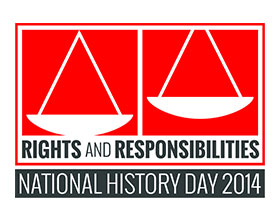
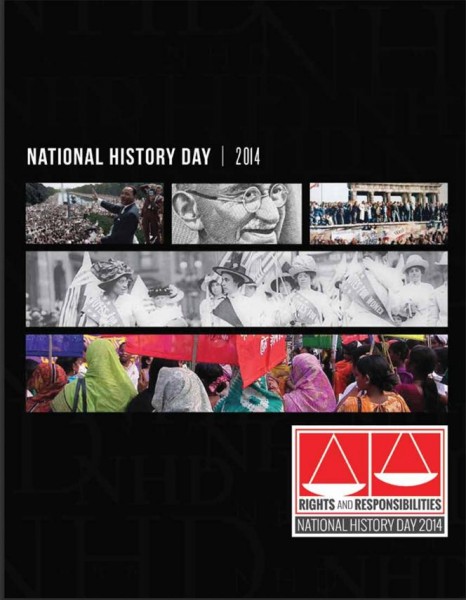 y. Participating students come from all over the United States, Guam, American Samoa, Department of Defense Schools in Europe, and affiliates in China, Korea, and Jakarta.
y. Participating students come from all over the United States, Guam, American Samoa, Department of Defense Schools in Europe, and affiliates in China, Korea, and Jakarta.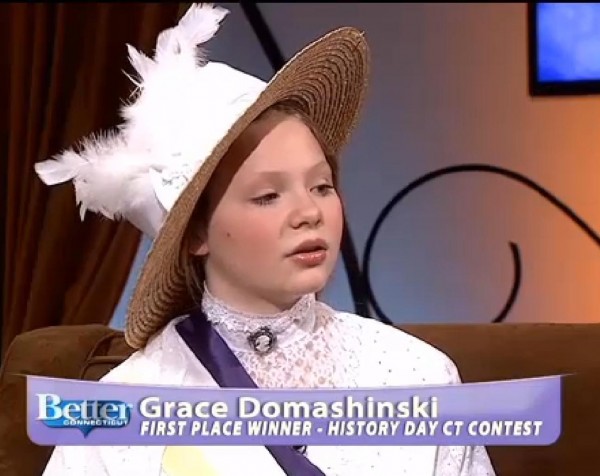


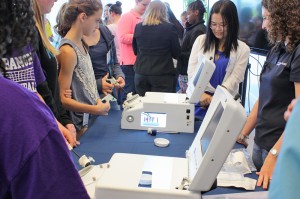 That aspect will be front and center on Saturday, June 7, when the Connecticut Technology Council sponsors the annual Girls of Innovation program in Hartford, geared specifically to middle school age girls, entering grades 7 and 8, “to experience science and its challenges in a fun, interactive way,” according to program organizers.
That aspect will be front and center on Saturday, June 7, when the Connecticut Technology Council sponsors the annual Girls of Innovation program in Hartford, geared specifically to middle school age girls, entering grades 7 and 8, “to experience science and its challenges in a fun, interactive way,” according to program organizers.
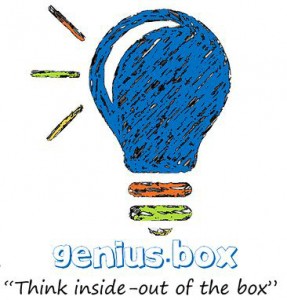
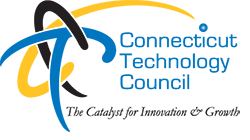

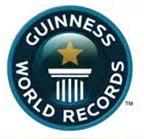 She has become the fastest in the world to complete the "GWR Hasbro Puzzle,” assembling the unique and challenging jigsaw puzzle at a rapid rate of 18 pieces per minute, completing the puzzle in 13 minutes and seven seconds. Her time beat the previous record of 13 minutes and 14 seconds.
She has become the fastest in the world to complete the "GWR Hasbro Puzzle,” assembling the unique and challenging jigsaw puzzle at a rapid rate of 18 pieces per minute, completing the puzzle in 13 minutes and seven seconds. Her time beat the previous record of 13 minutes and 14 seconds.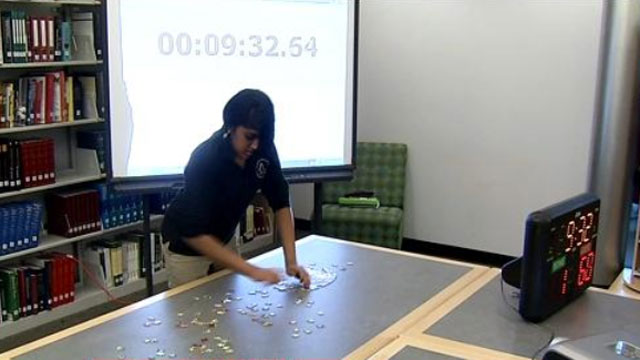 aw puzzle is an oval shape and has no guiding picture on the box. Most of the pieces are very similar in appearence.
aw puzzle is an oval shape and has no guiding picture on the box. Most of the pieces are very similar in appearence. es (often with state financial incentives) the report offers guidance of factors influencing the frequency of entrepreneurial launches. Connecticut Innovations, established and supported by state government, helps Connecticut businesses grow through creative financing and strategic assistance, and is the nation's sixth most-active early stage investor.
es (often with state financial incentives) the report offers guidance of factors influencing the frequency of entrepreneurial launches. Connecticut Innovations, established and supported by state government, helps Connecticut businesses grow through creative financing and strategic assistance, and is the nation's sixth most-active early stage investor. in the United States was 36.7 percent. The likelihood of knowing a growth entrepreneur was considerably lower, at 15.4 percent.
in the United States was 36.7 percent. The likelihood of knowing a growth entrepreneur was considerably lower, at 15.4 percent. he publication’s
he publication’s 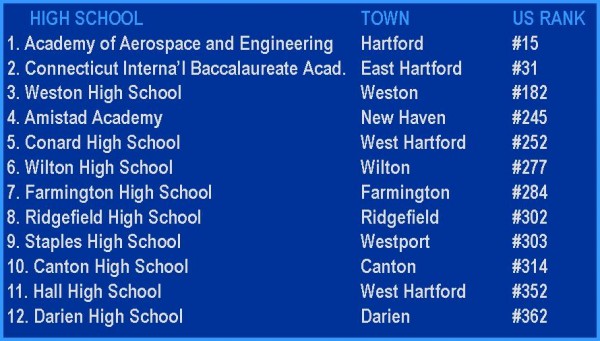 n High School, Fairfield Ludlowe High School, Avon High School, Lyme-Old Lyme High School, Brookfield High School, Fairfield Warde High School, Amity Regional High School (Woodbridge), Guilford High School, Glastonbury High School, Suffield High School, Litchfield High School, Metropolitan Learning Center (Bloomfield), and Bolton High School, all among the top 1,000 high schools nationally.
n High School, Fairfield Ludlowe High School, Avon High School, Lyme-Old Lyme High School, Brookfield High School, Fairfield Warde High School, Amity Regional High School (Woodbridge), Guilford High School, Glastonbury High School, Suffield High School, Litchfield High School, Metropolitan Learning Center (Bloomfield), and Bolton High School, all among the top 1,000 high schools nationally.
 performance (about 15 percent of schools). Three-quarters of the
performance (about 15 percent of schools). Three-quarters of the 


























